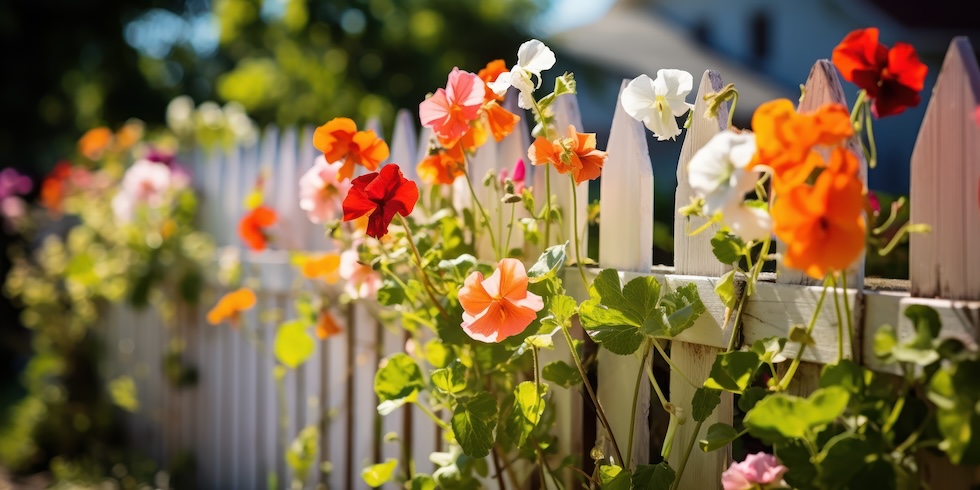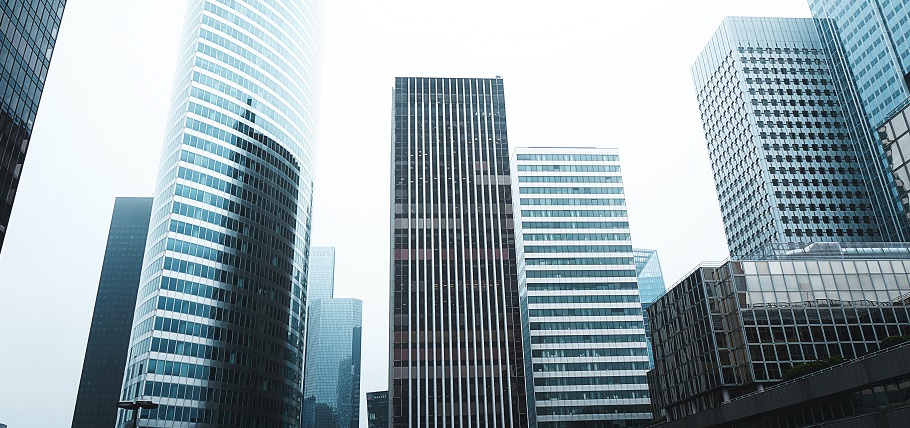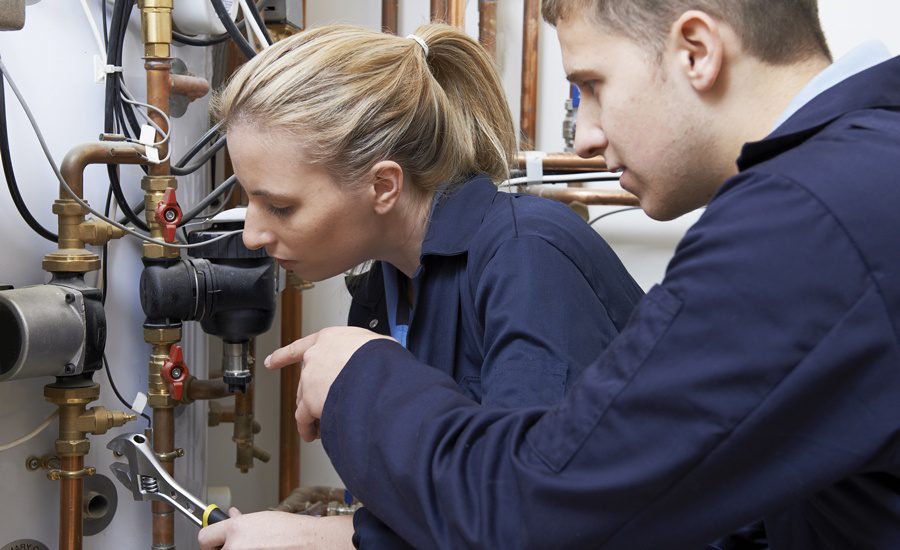There’s a broadly held perception that plastics are the least environmentally friendly option.
Many people believe that while plastics have their advantages in terms of ease, convenience and cost, the trade-off for this is the cost to the environment.
However, this is often not true at all. Certain types of plastic used and recycled correctly can be the stand out option for sustainability. This is certainly true of piping used in construction and underground infrastructure.
PVC is one example of a material offered by Abu Dhabi pipe suppliers that presents sustainability as well as safety, convenience and cost-effectiveness.
What is PVC?
PVC stands for poly vinyl chloride. It’s a very strong, thermoplastic material.
Thermoplastics are polymers that can be heated to become malleable and then recast before cooling and solidifying into their new shape. In its rigid form, it is commonly known as uPVC.
The list of uses of PVC and uPVC is almost endless.
In your own home, for example, you are likely to have several of these PVC products and many others: window and door profiles, water and cleaning material containers, children’s toys, and pipework.
Many people tend to think of PVC as a solid material. However, it can be made more flexible through additives. Because of this, it is also used in the manufacture of materials like leatherette and cables.
PVC is widely used for piping in the construction of both homes and industrial or commercial buildings: sewage rising mains, water mains, and irrigation are all common applications for this versatile material.
What are the advantages of using PVC piping?
There are several options available to the construction industry for pipework infrastructure. These include different polymers, as well as copper and iron. However, PVC is extensively used for construction projects in the UAE.
Below are the reasons why PVC is such a popular material:
- It is widely available and affordable.
- It is easy to join and fix.
- It is resistant to acids and alkalis.
- It is a corrosion-free material, so it’s a great option for places with tropical weather.
- It is widely used for electrical ducting due to its electrical non-conductivity properties.
- It is a natural fire retardant polymer.
- It is known to be strong, durable and long-lasting.
- It does not corrode and is resistant to oil, acids, alkalis and other chemicals, so it is an economical option for drainage systems..
- It offers a high flow capacity.
- It is lightweight and easy to transport.
- It is suitable for cold or warm water applications.
PVC is a highly versatile piping material, making it a popular choice for various applications.
And what about its environmental credentials?
More and more people are questioning the environmental impact of every item they purchase. No less so in the construction industry, where engineers may examine the impact of the materials they choose to use for both their over- and underground piping infrastructure.
PVC has some impressive qualities in terms of sustainability. They are that:
1. It is durable and low maintenance
The strength and durability of PVC make it a wise long-term investment, but they also mean that it is a sustainable choice. The life expectancy of a PVC pipe is 110 years, probably double that of its metal counterparts.
Its resistance to corrosion and acidic soils means that it is a low-maintenance underground piping material, meaning little additional energy or resources are required during its useful lifetime.
2. It offers excellent water conservation
We can think of energy conservation in terms of resources used during manufacture, transport and installation. However, it is important to remember that the primary job of PVC pipework is to move water around, so conservation is important in this sense, too.
PVC pipes boast very good water conservation, so they are a valuable asset in preserving this precious natural resource. PVC pipework can also self-insulate so that thermal loss is minimal.
3. It requires less energy to manufacture
When compared to many of its alternatives, including copper and iron, the manufacture of PVC requires less energy. No smokestacks are required at PVC pipe facilities, meaning cleaner air in the area.
4. It produces less waste
PVC also needs fewer resources in its manufacture. The basic raw materials come from oil and salt. Copper, in comparison, is a very limited resource and some experts expect supplies to be exhausted by the middle of the century.
Even though PVC requires petroleum to manufacture, it needs less of it than other polymers; over half its mass comes from chlorine.
PVC involves an almost waste-free manufacturing process, too. This makes it very efficient and much cleaner to produce.
5. It is fully recyclable
PVC is recyclable. While it cannot be collected in household recycling, it can be recycled by using the services of specialist recycling plants.
Waste PVC is shredded, then powdered, heated and made into new products, such as vinyl signs and billboards.
PVC can be used again and again; there is no reason for PVC to ever be sent to landfill sites or to end up in the ocean.
As awareness of the possibility of recycling PVC and of the dangers facing planet Earth increase, the recycling rate of this polymer is increasing.
This is very good news because the petro-chemical components of PVC are a non-renewable resource.
And until recently, recycling rates were also very low. However, the pipework industry remains absolutely committed to promoting the recycling of PVC wherever possible.
At present, metal pipework materials have better recycling rates than PVC. However, the recycling process required to reuse both copper and iron uses far more energy, so PVC still offers a better long-term solution.
6. Its installation is low impact
PVC is very lightweight and easily transportable. This means that the environmental impact of both its transportation and its installation are much less than other pipe materials.
7. It is a safe option for the workforce
The PVC piping industry has an excellent safety record, with far fewer injuries and illnesses experienced by its workforce than for other piping manufacturing methods.
It is important to consider the impact the manufacturing of piping materials has on the community when evaluating the most ethical and environmental choice.
It is for all the reasons above that PVC is still a leading piping material in today’s more environmentally conscious world. Its long life and durability mean that it is ideal for an energy-efficient and planet-friendly underground piping infrastructure. It offers high performance despite its relatively low cost, too.
Also Read: Check These Things When You Are Buying A Spill Mat

















Add Comment